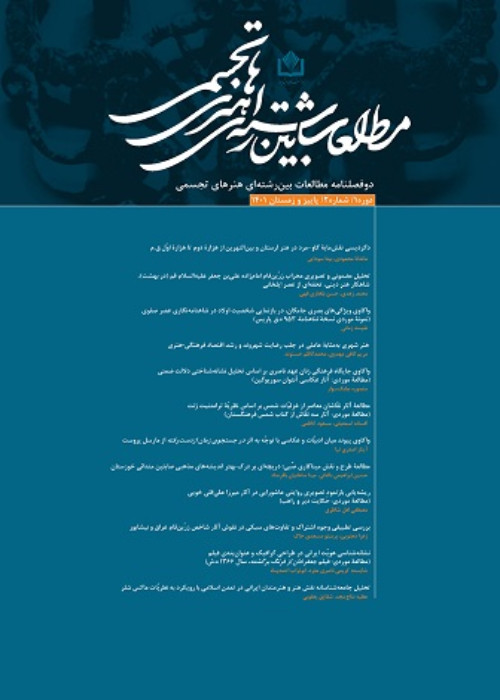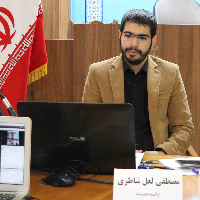Tracing the visual representation of ‘Ashurā narrative in Mirzā ‘Ali-Qoli Kho’i’ works (Case Study: Story of Deir and Rāheb)
The visual creation of Shiite narratives in line with its universal understanding is one of the topics that became increasingly popular during the Qājār period due to the collective will. Undoubtedly, one of the main reasons for this trend was the arrival of the lithography industry and the possibility of placing illustrations in parts of the text. Based on the surviving works, Ashura narratives are considered one of the most popular content types of illustrations in lithographic books. In the meantime, Mirzā ‘Ali-Qoli Kho’i (activity period: 1263-1272 AH) as the first known artist in this field, was often responsible for illustrating the first illustrated works in this field. The purpose of the present research, relying on the descriptive-analytical method, is to answer the question that among the Ashurā visual narratives of Asrār al-Shahāde by Borujerdi, which was published for the first time in 1268 A.H., the story of Deir and the Rāheb is to what extent influenced by the content roots of creation (early pre-text: narratives historical and hadith, the middle pre-text: Rawzat al-Shuhadā, the contemporary pre-text: Asrār al-Shahādeh) and in the meantime, how did Kho’i reflect on it? The findings indicate that Borujerdi’s seventh Majlis of Asrār al-Shahādeh entitled “In the Story of Deer and Rāheb” comprises four parts: (1. The arrival of the accursed Shimr at Deir and Deirani’s investigation of the condition of the heads of that group, 2. The Rāheb coming out of his house and seeing the prophets, 3. The arrival of the Amir al-Mu’minin and the conversation of the blessed head of the Seyyedo al-Shohadā with his mother, 4. Talking to the old Rāheb with the blessed head of Hazrate Seyyedo al-Shohadā and accepting Islam). According to the poetic narrative of the events and Kho’i has created 3 images related to the 1st and 3rd sections. In the meantime, the image of part 1 largely corresponds to the early pre-text and the images of part 3 correspond to the middle and mostly contemporary pre-text, so that this flow can be considered as the result of the popular beliefs and readings of the mass of the society, which has been accompanied by distortion.
- حق عضویت دریافتی صرف حمایت از نشریات عضو و نگهداری، تکمیل و توسعه مگیران میشود.
- پرداخت حق اشتراک و دانلود مقالات اجازه بازنشر آن در سایر رسانههای چاپی و دیجیتال را به کاربر نمیدهد.



